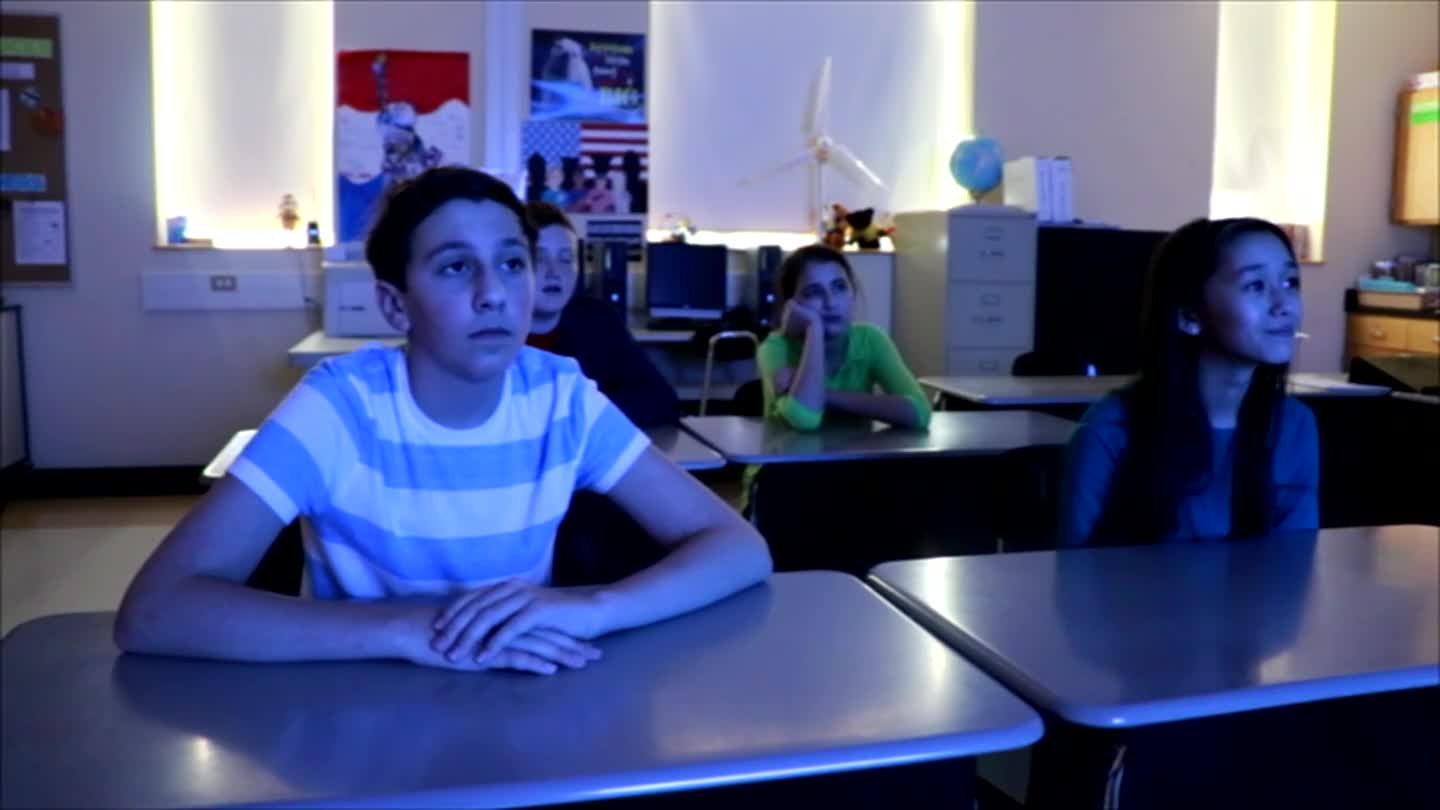
Introduction
Flexibility is an essential component of social-emotional learning that helps students adapt to changes and cope with unexpected situations. For kindergarten students, developing flexibility skills can lead to improved relationships, reduced stress, and increased ability to handle setbacks. In this blog post, we will discuss an easy-to-implement, no-prep activity that educators can use to teach flexibility to kindergarten students, followed by discussion questions and related skills.
No-Prep Activity
The “Flexible Roleplay” activity is designed to help students understand the concept of being flexible when they don’t get what they want. This activity requires no preparation or materials from the educator.
- Begin by explaining to the students that sometimes things don’t go as planned, and we must be flexible and adapt to the situation.
- Ask the class to think of a time when they wanted something but couldn’t have it, and they had to be flexible.
- Select a few students to share their experiences with the class.
- Next, present a simple scenario to the class, such as the one from the prompt where the class cannot finish watching a movie.
- Invite a student to play the role of Josh, who demonstrates flexibility by calmly accepting the change in plans.
- Encourage other students to share their thoughts on how they can be flexible in this situation and discuss how being flexible helps them stay calm and cope with changes.
By participating in this roleplay activity, students will learn the importance of flexibility and practice adapting to unexpected situations in a supportive environment.
Discussion Questions
After completing the “Flexible Roleplay” activity, use these questions to stimulate further discussions and reinforce the concept of flexibility:
- Why is it important to be flexible in different situations?
- How do you feel when you can’t have what you want? How can being flexible help you in those situations?
- Can you think of a time when you were flexible and it helped you or someone else? How did it make you feel?
- What are some strategies you can use to stay calm and be more flexible when things don’t go as planned?
- How can being flexible help you build better relationships with your friends and classmates?
Related Skills
Teaching flexibility is just one aspect of social-emotional learning. Other relevant skills that contribute to a well-rounded social-emotional education for kindergarten students include:
- Empathy: Understanding and sharing the feelings of others.
- Active Listening: Paying close attention to what others are saying and responding appropriately.
- Self-Regulation: Managing emotions and behaviors in healthy ways.
- Cooperation: Working together with others towards a common goal.
- Resilience: Bouncing back from setbacks and learning from failures.
Next Steps
Ready to explore more activities and resources to support social-emotional learning in your kindergarten classroom? Sign up for free samples of our skill-based materials and discover a wealth of resources designed to support educators in teaching essential social-emotional skills. Equip your students with the tools they need to navigate the world with confidence and resilience.

